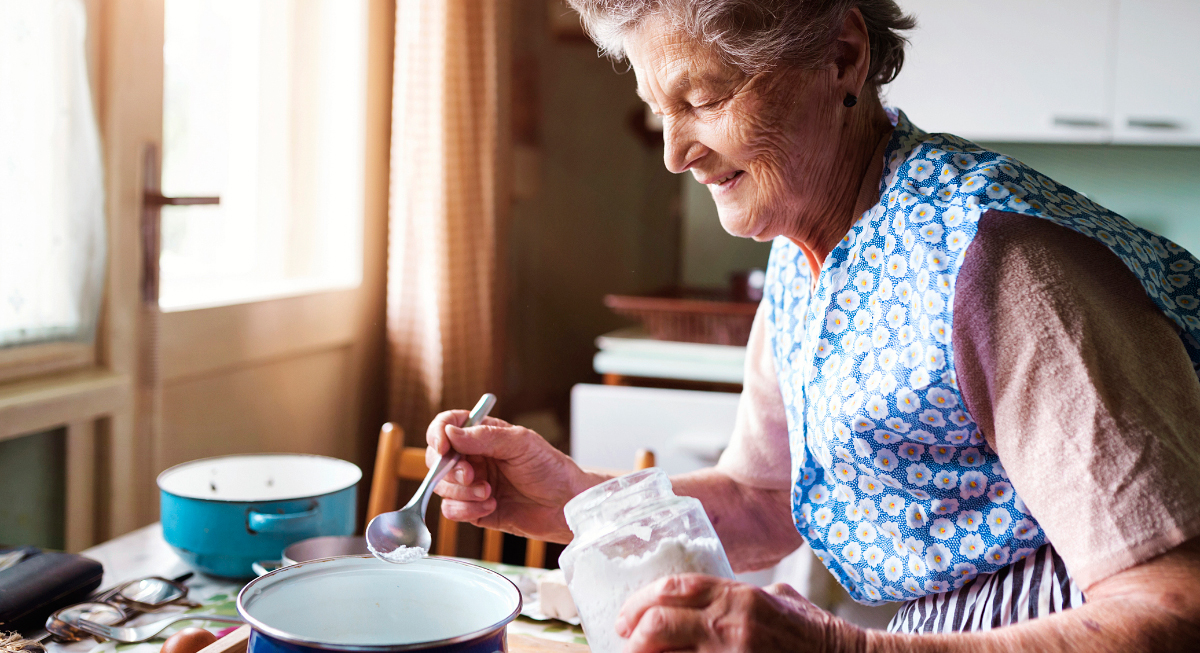Grandma surely knew a thing or two about making magic in the kitchen without any fancy gadgets required. These old-school cooking hacks were passed down like treasured secrets and often scribbled on the back of a flour-dusted recipe card. They’ll have you rethinking that drawer full of modern tools.
Save Bacon Grease in a Tin
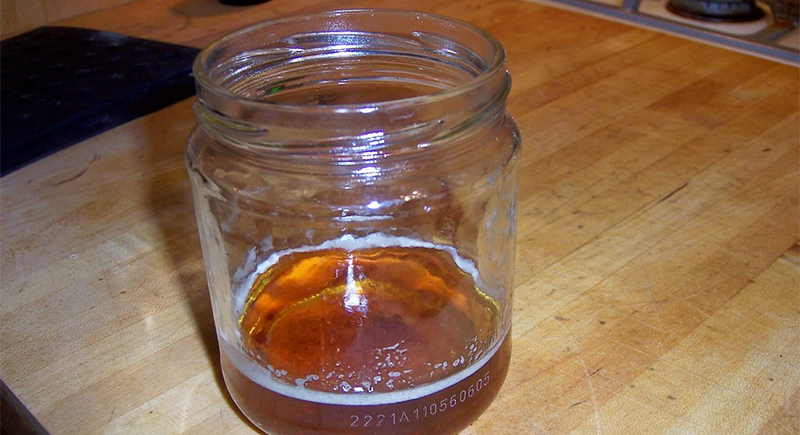
Credit: flickr
Once cooled, bacon grease went straight into a tin by the stove and was used to add savory depth to anything from scrambled eggs to cornbread. Southern kitchens especially held tight to this habit, and science backs it up: bacon fat contains flavorful compounds that enhance umami.
Store Eggs Pointy-Side Down

Credit: pexels
It's a small flip with a big payoff—storing eggs pointy-side down helps them stay fresh longer. The air cell inside the egg sits at the wide end, and flipping the egg keeps that pocket of air-stable and slows down spoilage. That's why egg cartons are designed that way in the first place.
Revive Stale Bread with Water and Heat
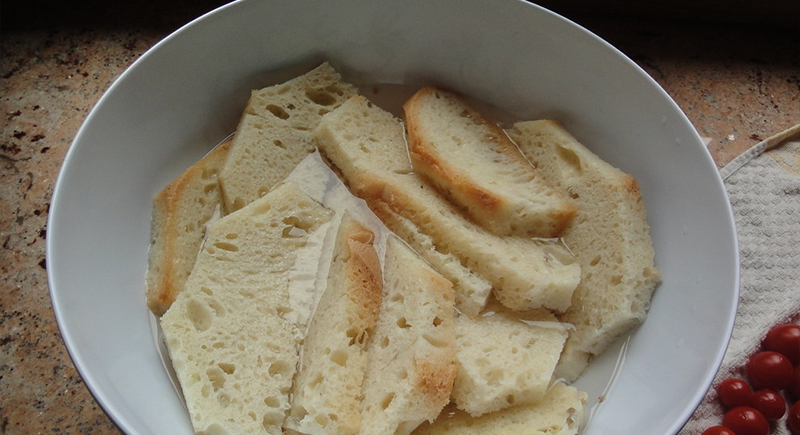
Credit: flickr
Before tossing that tough loaf, grandparents had a quick fix: run it under a bit of water and pop it in the oven. No joke—it works. A light splash reintroduces moisture, while the heat revives the crust and crumb. Within minutes, yesterday's bread tastes freshly baked.
Wrap Celery in Foil to Keep It Crisp

Credit: flickr
Grandparents knew that wrapping celery in aluminum foil kept it snappy for much longer than plastic. The foil lets ethylene gas escape, which delays ripening and decay. It's a grocery budget saver, and it doesn't hurt that it makes the fridge look a little more old-school in the best way.
Keep Brown Sugar Soft with a Slice of Bread
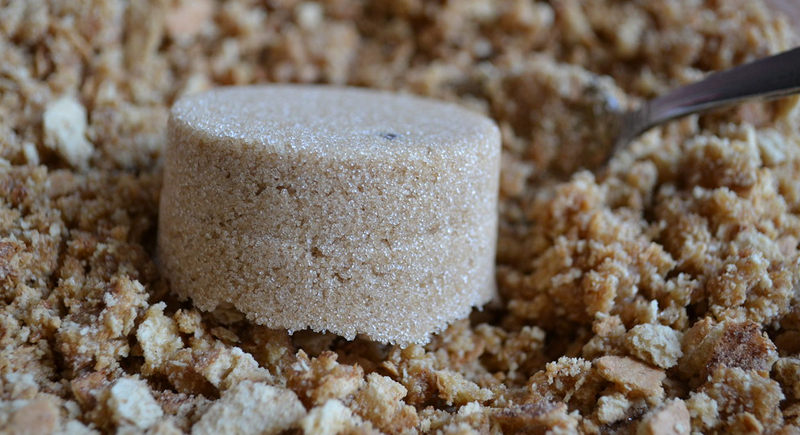
Credit: flickr
If brown sugar hardened into a brick, a slice of bread tossed into the container would soften it right up. Sugar is hygroscopic, so it absorbs moisture from the air. The result is soft, scoopable sugar in a day or less.
Keep Tomatoes Out of the Fridge
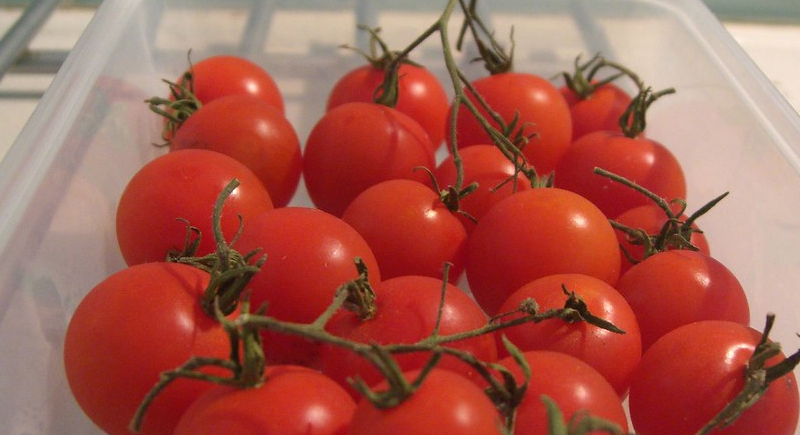
Credit: flickr
Your grandparents didn't store tomatoes in the fridge, and there's a good reason. Cold temperatures dull their natural sweetness and messes their texture. Tomato stops ripening and starts losing flavor compounds once the temperature drops below 55°F. The countertop, stem-side down, was the best place to keep them vibrant and full of flavor.
Soak Onions in Water to Stop the Tears

Credit: Wikimedia Commons
You can dial down the sulfur compounds that cause eye irritation just by soaking sliced or chopped onions in cold water for 10 minutes. Plus, it slightly sweetens raw onions and makes them more pleasant in salads and sandwiches.
Add a Potato to Fix Over-Salted Soup
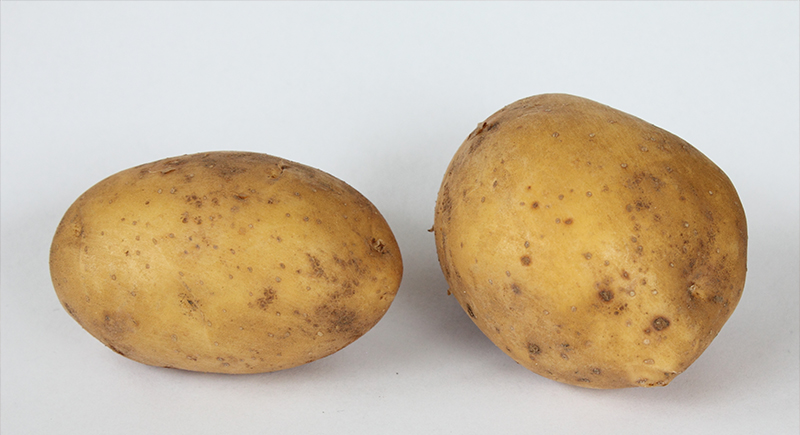
Credit: Wikimedia Commons
Every cook has done it—one extra shake of salt and the whole pot is in trouble. But experienced cooks don't panic. They simply peel a potato, drop it in the pot, and let it simmer. The potato absorbs some salt and softens the flavor without altering the texture. While not a total fix, it helped balance the broth enough to save dinner.
Use Vinegar to Fluff Up Eggs
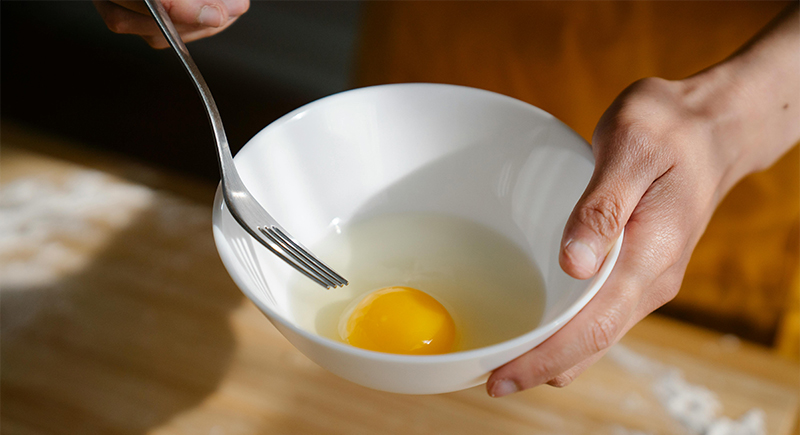
Credit: pexels
The acid from the vinegar helps the whites firm up faster in poached eggs. Vinegar also introduces air and lightness to scrambled eggs, which makes them fluffier than usual. Our ancestors may not have discussed pH levels, but they knew vinegar gave eggs an edge.
Rub Butter on the Cheese to Stop Mold
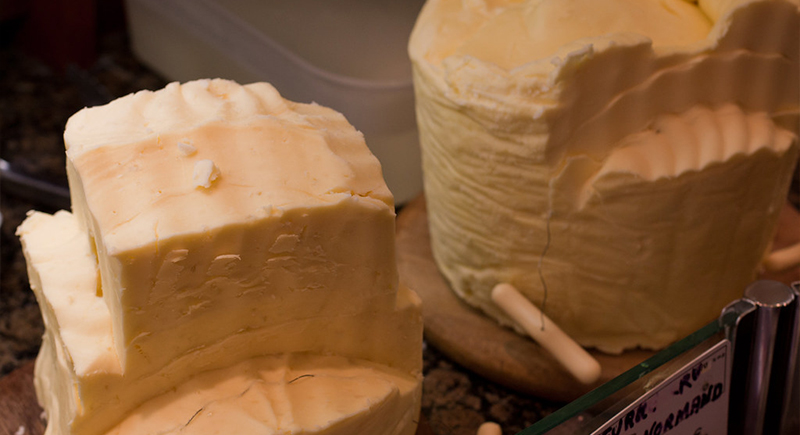
Credit: flickr
Here's one you probably haven't heard lately: rubbing butter on the cut side of a block of cheese keeps it from molding so quickly. It works by sealing off the exposed surface and blocking oxygen that encourages spoilage. This trick comes straight from farm kitchens where cheese was bought in big blocks and had to last.
Rinse Rice to Get Rid of Starch
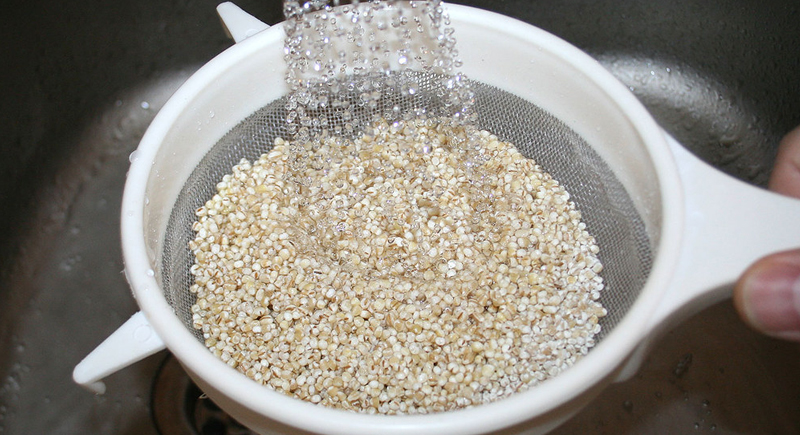
Credit: flickr
Rinsing rice until the water runs clear might seem like a fussy extra step, but most experienced cooks swear by it. Washing rice removes surface starch, which causes clumping and a gummy texture. Instead, you get fluffier, separate grains every time. Cultures across the globe have used this method for centuries, especially in Asia and the American South.
Boil Milk to Keep it Longer
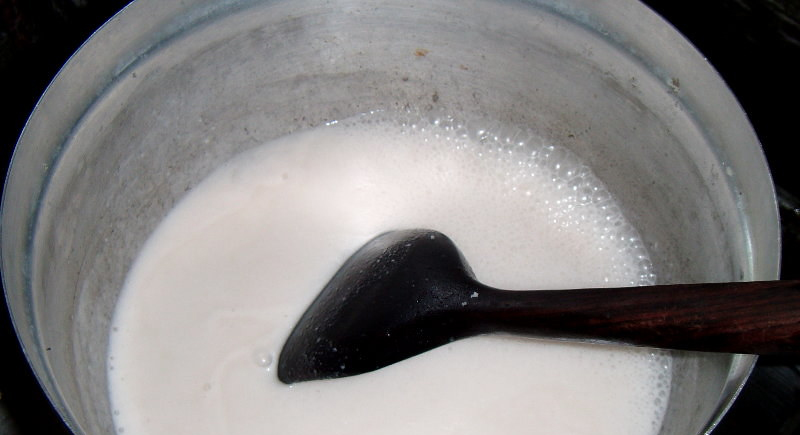
Credit: flickr
Before the days of ultra-pasteurization and sell-by dates, older people would give milk a quick boil to keep it from spoiling. This old-school trick killed off bacteria that could make it sour, especially when refrigeration wasn't guaranteed. It didn't produce milk that lasted forever but added a few precious extra days.
Roll Citrus to Get More Juice
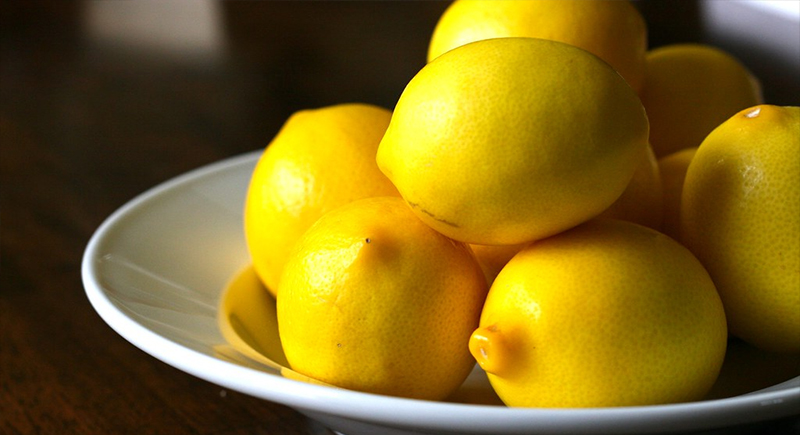
Credit: flickr
If you've ever watched someone firmly roll a lemon or orange on the countertop before slicing it, you've witnessed a no-waste hack. The pressure helps break down the fruit's internal membranes and release more juice with less effort. Our ancestors figured this out long before electric juicers and TikTok demos.
Cool Baked Goods on Brown Paper Bags
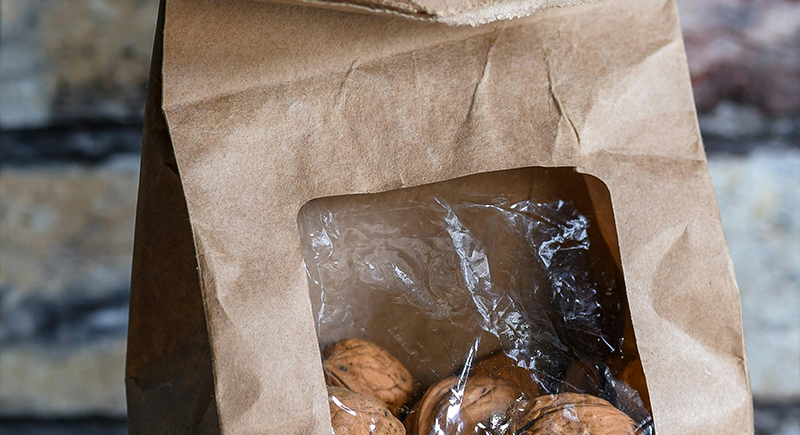
Credit: pexels
Wire racks are nice, but brown paper bags were the cooling surface of choice in many kitchens. After baking, cookies, biscuits, and fried treats were placed on cut-up grocery bags to drain grease and prevent sogginess.
Use a Spoon to Peel Ginger
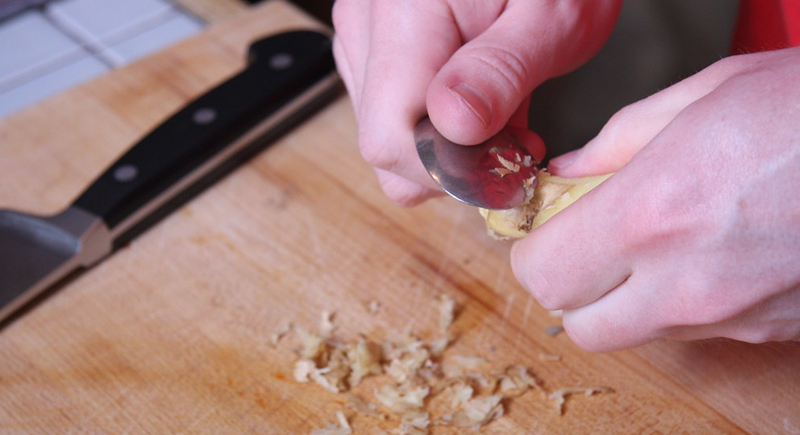
Credit: flickr
You don't need a fancy peeler for ginger. Back in the day, people knew the easiest tool was already in the drawer: a spoon. The rounded edge scrapes off the skin without digging too deep into the flesh. This results in less waste and no risk of slicing a finger.

